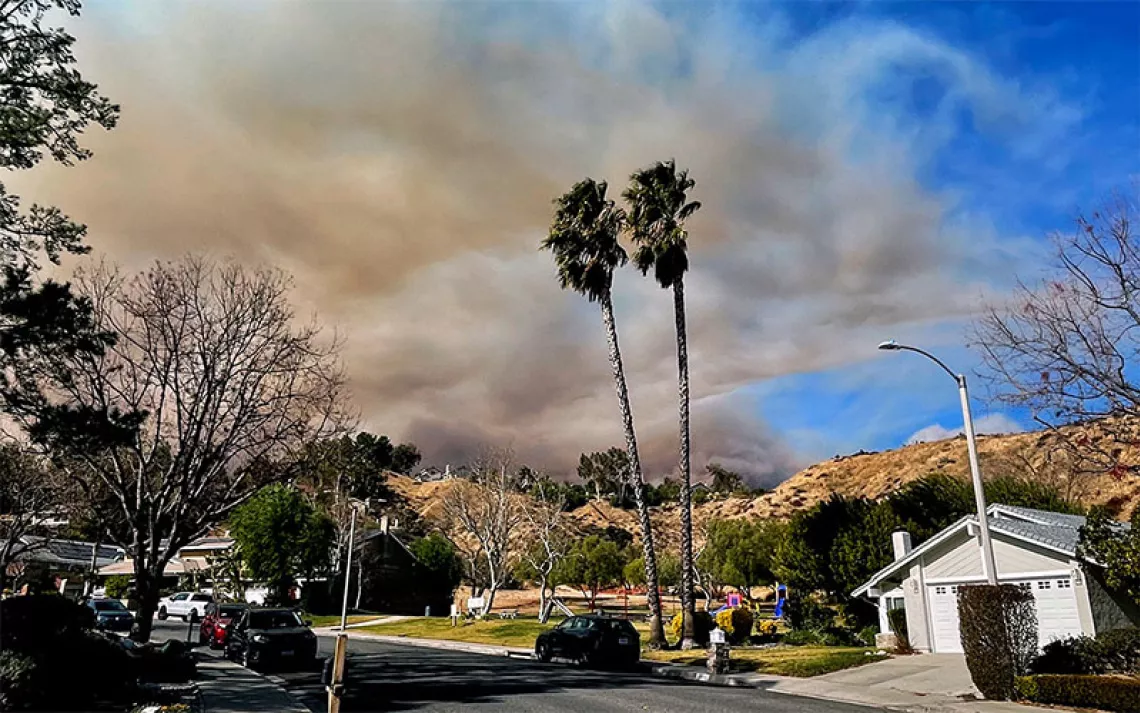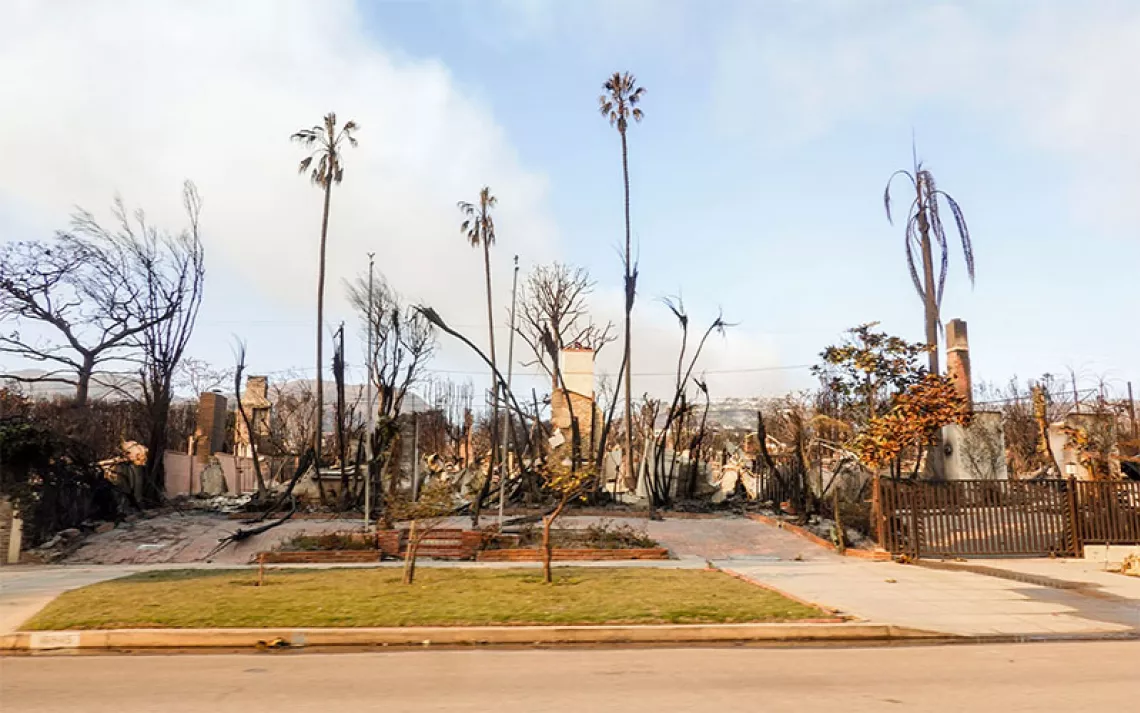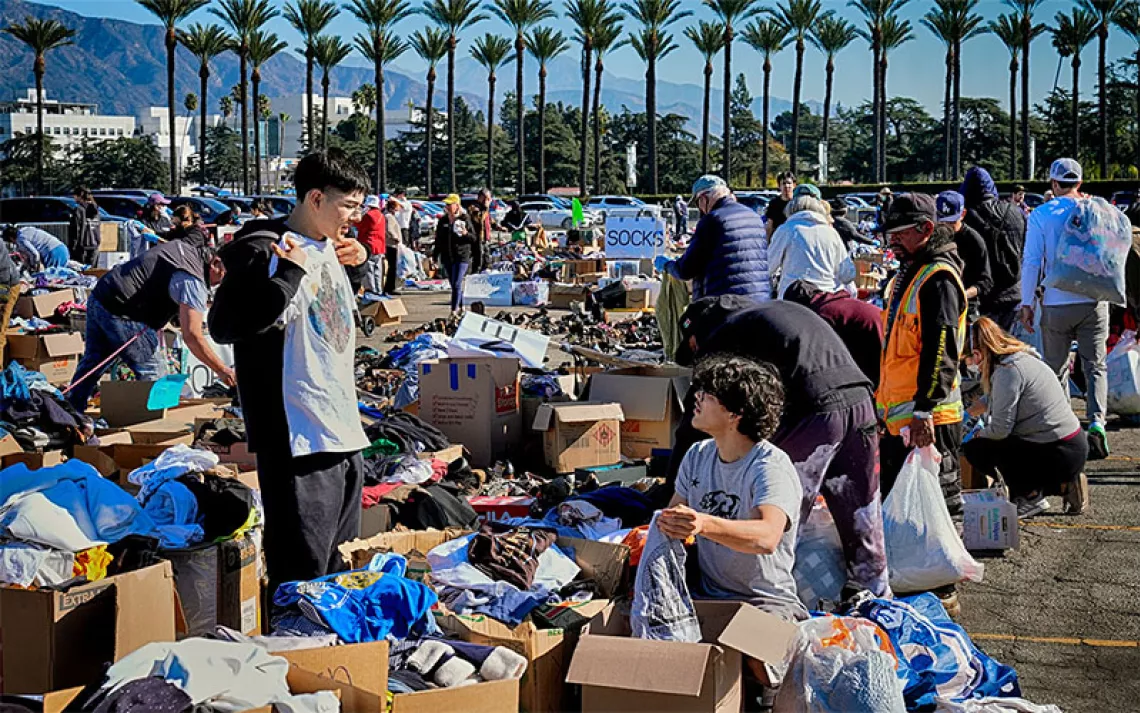Forest Liquidators
Trump administration seeks road-building, logging in the Tongass National Forest

A section of the Tongass National Forest | Photo by AP Photo/Ketchikan Daily News, Hall Anderson
A longer version of this story was published by Cascadia Times.
Since taking power two years ago, Trump administration officials have trumpeted their disdain for climate change science and their disinterest in taking action to reduce greenhouse gas emissions. The president has announced that the United States intends to withdraw from the landmark Paris climate agreement. Interior Secretary Ryan Zinke is accelerating oil and gas extraction on public lands while seeking to open up virtually all US waters to offshore oil drilling. At the Department of Energy, Rick Perry is busy running interference for the dying coal industry.
Now, in a move that has attracted little national attention, the Trump administration is moving forward with a proposal that, if finalized, would slash into one of the largest carbon storehouses in the country: the old-growth woods of the Tongass National Forest in Southeast Alaska.
The Tongass National Forest is an ecological gem: nearly 17 million acres of ancient forest and muskeg, mostly unbroken by roads or other human development. Stands of hemlock, yellow and western red cedar, and Sitka spruce trees—some of them 1,000 years old—provide habitat for bears, wolves, and epic salmon runs. Steep-walled fjords and tidewater glaciers are stitched among snow-topped peaks.
Climate scientists say that protecting mature forests is just as urgent as halting fossil fuel use, since big, old trees trap far more carbon pollution than younger, second-growth forests. And few forests on the planet play a greater role than the Tongass in helping to mitigate climate change. The Tongass retains more atmospheric carbon than any forest in the United States, according to Dominick DellaSala, chief scientist with the Geos Institute, a think tank in Ashland, Oregon. “Because it is one of the world’s last relatively intact temperate rainforests, and it has a maritime climate, the Tongass is Alaska’s first line of climate change defense and a climate refuge for its world-class salmon and wildlife populations,” he says.
For nearly 20 years, the old-growth forests of the Tongass have been protected by what’s known as the Roadless Rule—a Bill Clinton–era regulation that prohibits any road construction in more than 58 million acres of already-road-free national forests nationwide, including about 22 million acres of forest in Alaska. But in early 2018, former Alaska governor Bill Walker, an independent, asked the Forest Service for a “state-specific” version of the Roadless Rule that would allow for road construction—and new logging. Federal officials began the process of rewriting the Roadless Rule for Alaska last summer. The Forest Service will publish a draft environmental impact study this coming July, and plans to complete the process by 2020.
Proponents of rolling back the Roadless Rule in the Tongass argue that doing so would help revive Southeast Alaska’s timber industry, which has been sagging since the 1990s. During an October hearing in Washington, D.C., Heidi Hansen, deputy commissioner for Alaska’s Department of Natural Resources, said that the Roadless Rule has caused “extensive damage . . . to the social and economic fabric of southeast Alaska.”
But conservationists and some local business owners say that’s outdated thinking. The timber industry accounts for less than 1 percent of the jobs in Southeast Alaska. In comparison, an estimated 10,000 people in the region work for tourism-related businesses that bring about $2 billion to the economy annually. Each summer some 1.2 million visitors travel to the area—and they don’t come for vistas of logged forests.
“The economy of Southeast Alaska has moved on,” says Hunter McIntosh, president of The Boat Company, a nonprofit educational organization that offers eco-cruises in the national forest. “Tongass timber is not financially feasible in today’s market, yet tourism is consistently growing.”
Some economists agree. Logging in the Tongass is expensive due to the area’s mountainous topography and isolation from markets. Between 2005 and 2014, the Tongass National Forest received only nine cents for every dollar it spent preparing timber sales, according a 2016 report by the US Government Accountability Office—which means that any expansion of logging in the area would need to be subsidized by the federal government. Taxpayers for Commonsense reports that new timber sales in the Tongass would “substantially” increase financial losses for the national forest.
“We are talking about multiple billions of taxpayer dollars to clearcut old-growth forests and cause major environmental degradation,” says Evan Hjerpe, director of the Boise-based Conservation Economics Institute.
The fight over the fate of the Tongass is reminiscent of the timber wars that roiled the Pacific Northwest 30 years ago. That conflict was often crudely framed as a zero-sum contest between having a healthy forest and a strong economy—spotted owls versus loggers. But environmental economics have come a long way since then, and there is now a substantial body of research showing that, in addition to their intrinsic value, intact forests provide a host of valuable “ecosystems services.” “Nature is the most incredible bank,” says Davey Lubin, who runs a small eco-tourism boat service out of Sitka. “You just leave it alone and the interest compounds naturally.”
Trump officials and Alaska’s political leadership should take note: The ancient trees of the Tongass would be worth a lot more if simply left standing.
 The Magazine of The Sierra Club
The Magazine of The Sierra Club



